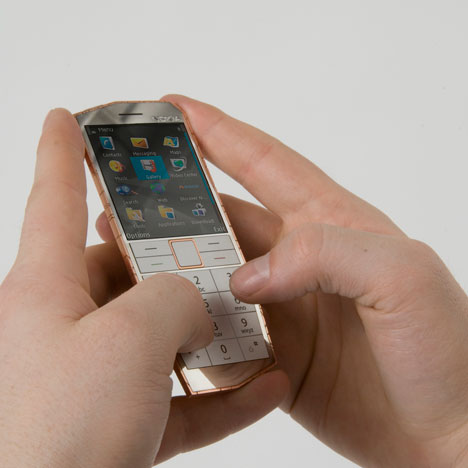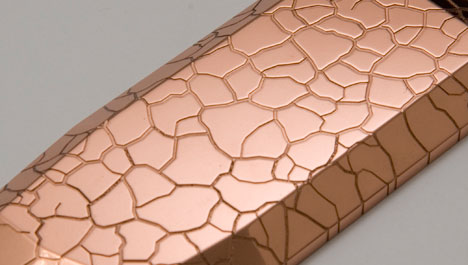The Pentagon's Defense Advanced Research Projects Agency (DARPA) is seeking proposals for a Humvee that can fly over insurgents, conduct night raids or whisk injured soldiers away from the battlefield. Textron, the defense company, says it has the solution—and they have the sketches to prove it.



Sure, the concept looks like a model car you might buy at Toys R' Us, but the technology is sound, and the engineers think it could be ready to fly relatively soon, according to Steven Reid, vice president of unmanned aircraft systems at AAI, the Textron subsidiary that produced the Shadow UAV. "Envision a Humvee-like vehicle with wings that fold out from the side and attach just above the rear door," Reid says.
Textron's plan is to integrate its work on military ground vehicles and unmanned aircraft like the Shadow, and combine it with licensed technology from its partnership with Carter Aviation Technologies, a small Texas-based outfit working on a personal air vehicle for the commercial market. Textron is incorporating Carter's slowed compound rotor technology, which uses rotors that are similar to helicopter blades but heavily weighted in the tips. As the aircraft takes off, the rotor provides lift, but as the vehicle gains speed, the rotor slows down and the wings provide lift.
The vehicle would have a roof panel that contains wings that rotate and fold out from the sides, as well as a mast that comes up and houses the slowed rotor system. Coming out the back of the vehicle is a shrouded, ducted fan that provides forward motion, and then a series of control surfaces that help regulate speed, as well as pitch, roll and yaw.
To win funding for the project that DARPA formally calls Transformer, the company has to meet a challenging set of demands. The defense agency has asked companies and researchers to come up with a flyable vehicle that can carry up to four people, is capable of vertical takeoff and landing and can travel without having to refuel at ranges for 250 nautical miles (with a combination of driving and flying). While DARPA officials have talked about such a vehicle for avoiding roadside bombs, they are also considering it for a variety of missions, including "strike and raid, intervention, interdiction, insurgency and counterinsurgency, reconnaissance, medical evacuation and logistical supply."
For veteran defense companies like Textron, the DARPA project did elicit some surprise. "I have to admit," recalls Reid, "we scratched our heads and asked: Is this real?" But if the goal of DARPA's Transformer project to hunt down innovative technologies that may lie resident at nontraditional defense companies, then Textron's approach, which draws heavily on Carter Aviation, may pave the way.
Despite the far-out notion of a flying Humvee, Reid says the company's engineers are intrigued by the idea of pushing the envelope on aircraft technology, and the concept fits well with ideas they already have about combining manned and unmanned aircraft, particularly helicopters. While Reid jokes about flying cars not being in Textron's "five-year plan," he says the DARPA program is exciting because it allows the company to build off Carter Aviation's technology, and perhaps incorporate that into the Shadow UAV.
"Quite frankly, our hopes are quite modest," Reid says. "We don't have visions of fleet sales of flying Humvees quite yet."












